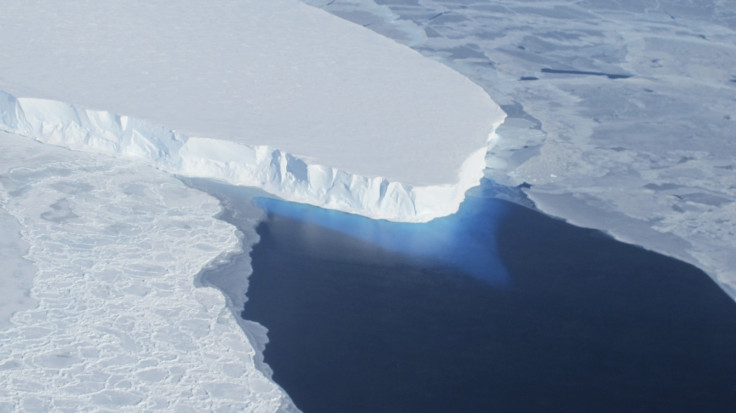Sea level: Past and present melting rates point to 3m rise by end of century

Going by present trends of melting land ice, and simulations of events million of years ago, experts do not rule out three metres or more of sea level rise by end of the century, unless emissions are tightly controlled.
This could threaten some of the major cities of the world and cause many island nations to be totally submerged.
The latest evidence shows the planet's southern ice cap is melting at an accelerated rate with twice as much ice lost in its west as gained in the east during the last decade. The ice loss could reinforce a feedback leading to a runaway problem, say researchers.
Antarctica's balance of ice loss was measured by Princeton University researchers who "weighed" the ice sheet using gravitational satellite data and found that from 2003 to 2014, the ice sheet lost around 92 billion tonnes of ice per year.
Since 2008, ice loss from West Antarctica's unstable glaciers doubled from an average annual loss of 120 billion tonnes of ice to twice that by 2014, the researchers found.
Of particular concern is that the loss occurred along West Antarctica's Amundsen Sea, particularly Pine Island and the Thwaites Glacier, where heavy losses had already been recorded, said first author Christopher Harig, a Princeton postdoctoral research associate in geosciences.
An iceberg more than 2,000 square miles in size broke off from the Thwaites Glacier in 2002.
Melting land ice contributes to higher sea levels compared to melting icebergs which already have displaced a certain amount of water at sea.
"The fact that West Antarctic ice-melt is still accelerating is a big deal because it's increasing its contribution to sea-level rise," Harig said. "It really has potential to be a runaway problem. It has come to the point that if we continue losing mass in those areas, the loss can generate a self-reinforcing feedback whereby we will be losing more and more ice, ultimately raising sea levels by tens of feet."
The study derives from the only satellite data that measure the mass of ice rather than its volume, to account more accurately for the melt water.
Three million years ago
About three million years ago melt waters of Antarctica's land ice had pushed up oceans by about 17m higher than they are today, notes another study based on computer simulation of the past.
Looking at the ice sheets during the Pliocene – about three million years ago, when levels of carbon dioxide in the atmosphere were similar to today (400 parts per million), lead author Dr David Pollard of the Earth and Environmental Systems Institute at Penn State University, and co-author Professor Robert DeConto, of the University of Massachusetts conclude that melting of Antarctica's sheets over thousands of years led to the sea level rise of 17m.
It took just 100 years for the West Antarctic ice sheet to raise sea levels by about 3m.
Both papers are published in the journal Earth and Planetary Science Letters.
Between 1993 and 2010, sea levels have risen by about 3.2mm a year according to studies assessed by the Intergovernmental Panel on Climate Change.
Accelerated loss
However, as the ice sheets in Greenland and Antarctica start disintegrating faster, the sea levels could be pushed up by as much as 3m by end of century.
It is believed that the Greenland ice sheet has a threshold of melting temperature between 1C and 4C of global warming. This second-largest body of ice on Earth could raise sea levels by 6m if it melts completely.
Australian scientist Dr John Church, lead author of a chapter on sea level rise in the latest IPCC report told The Guardian that the IPCC estimates were too conservative and a 3m rise in levels is possible given the present rate of melt in West Antarctica.
A Buffalo University study had shown that the Greenland ice sheet shed about 243 giga tonnes of ice per year from 2003-09. This is enough to raise oceans by about 0.68mm per year.
Experts warn that modelling the ice loss comes with some uncertainties, and could see faster rates once a threshold is crossed. All agree that once the floodgates are opened the world would be committed to sea level rises for thousands and even perhaps millions of years.
© Copyright IBTimes 2025. All rights reserved.





















